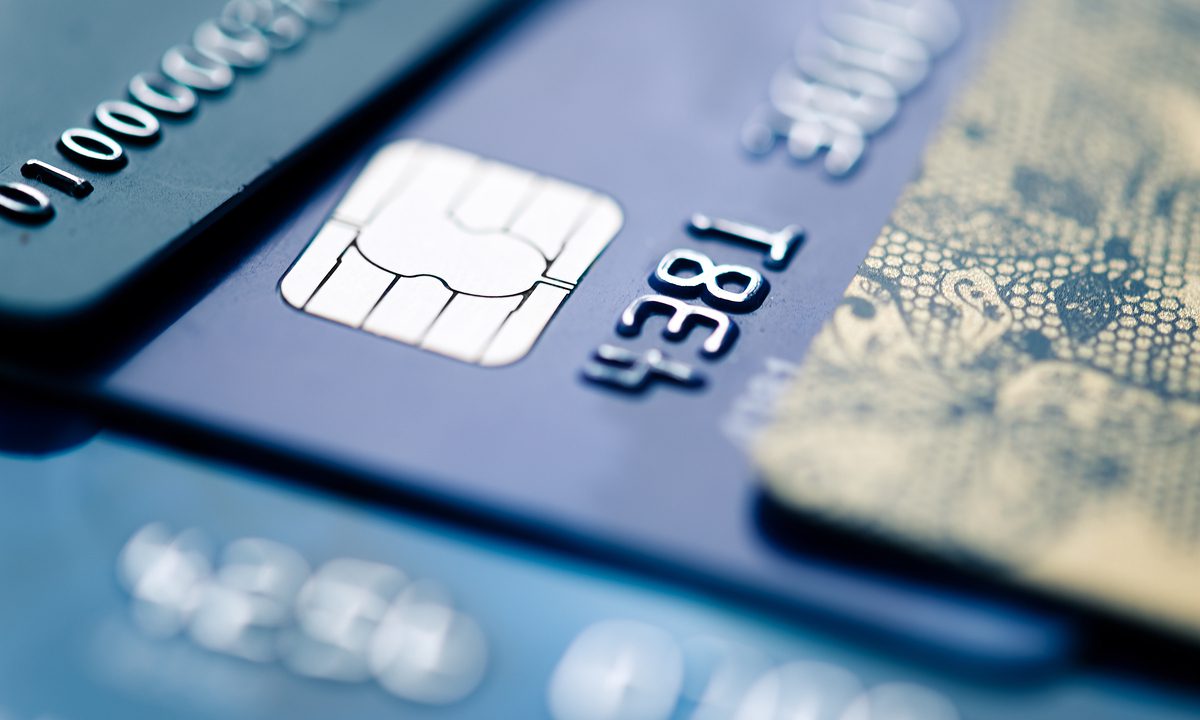
A slowdown is in the cards.
Literally — at least near term.
A number of data points hint that we’re seeing a level of prudence at least when it comes to utilizing cards to make transactions.
They’ve paid down debt and their keeping that debt low — as measured against pre-pandemic levels.
As noted by the Philadelphia Federal Reserve, earlier this week in its quarterly report on large bank credit cards and mortgages that “customers are utilizing less of their available credit lines.”
In fact, as the Fed noted, credit card balances are 11% below the levels seen at the end of 2019, just before the pandemic hit. Data shows U.S. consumers have a whopping $3.3 trillion in available credit card credit.
And perhaps not surprisingly, mortgage originations at large banks, as measured in volume, was off 28% in the first quarter of 2022, year over year.
Separately, as Bloomberg reported on Monday (July 11), Barclays and Bank of America are both signaling that U.S. consumers may be tamping down their spending, at least in retail channels. Barclays has said, via research notes, that retail spending may have dipped as much as 40 basis points in June, per internal data.
Bank of America’s card-level data signals a 30 basis point gain, but activity has been muted, and beyond the increased amounts paid at the pump, overall consumer spending may have declined for the second consecutive month.
Looking to the Retail Data
We’ll know more when retail sales data is released on Friday.
But the signs are there that there may be some shifting away from cards, if not a wholesale decline in spending across the board. That may indeed result in turbulence for the lenders, given the fact that, as PYMNTS has found credit cards are the most common credit products that U.S. consumers use.
In recent data tied to the “New Reality Check,” done in collaboration between PYMNTS and LendingClub, 62% of consumers made credit card payments in the last 90 days.
Read Also: 62% of Consumers Made Credit Card Payments in Last 90 Days
Among consumers who live paycheck to paycheck with difficulty, the credit products that are especially popular are credit cards where 48% made payments in the last 90 days.
The relatively low utilization rates calculated by the Fed may creep up as consumers grapple with unexpected expenses. PYMNTS data has shown that 65% of paycheck-to-paycheck consumers have experienced a financially stressful event in the past three years, with sudden income disruptions such as losing a job being the most common. Half of paycheck-to-paycheck consumers say their salary only covers basic expenses.
One in five consumers living paycheck to paycheck has spent more than what they have earned in the last six months.
Savings represent one way to fund those expenses, but savings have been cut in half over the past year.
That leaves credit as an alternative — which means utilization is bound to creep up and add more to the monthly debt obligation, which continues to pressure paycheck-to-paycheck households.
Read Also: Two-Thirds of Paycheck-to-Paycheck Consumers Faced Financial Disruption in Last 36 Months